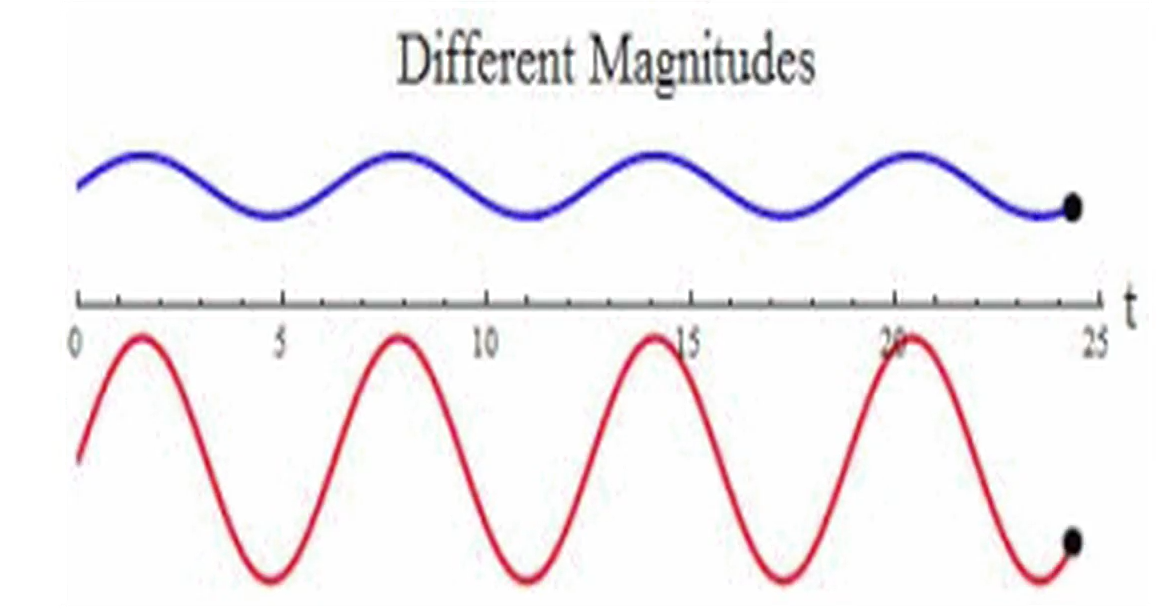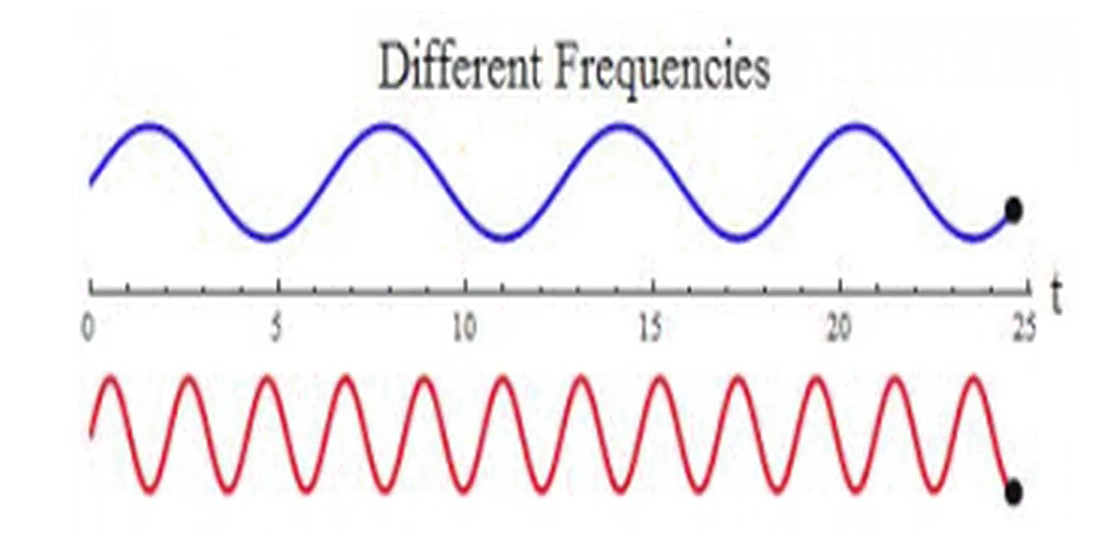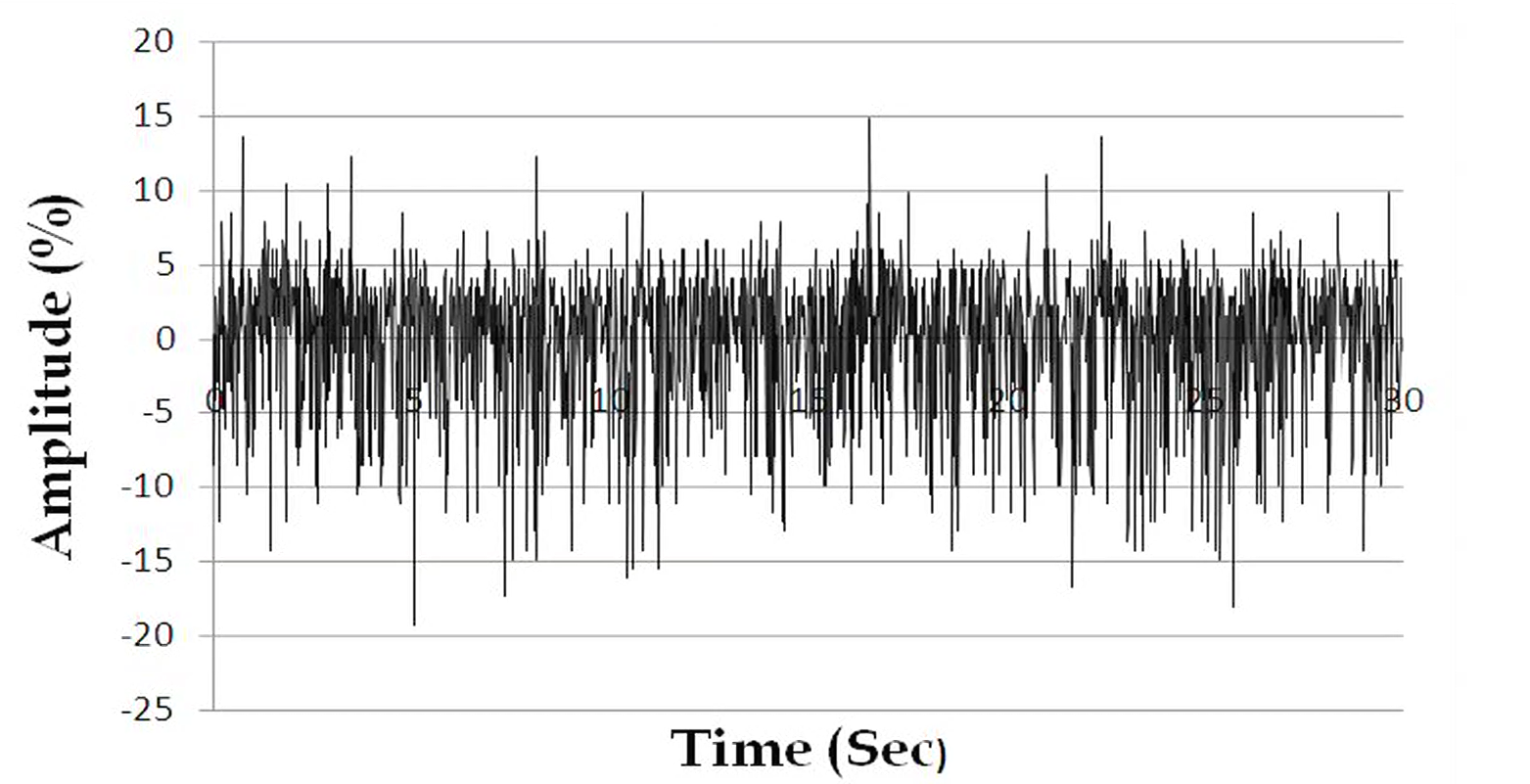Concept of Magnitude, Frequency, and Phase
Simple harmonic motion-the type of oscillatory Movement in a pendulum tied to a string or a spring-mass system is at the core of understanding the phenomenon of vibration in real life.
Some key terms in measuring this type of movement are magnitude, frequency, and phase.
Magnitude:
The extent of the movement from one end to the other is the wave's magnitude. It is also known as displacement.
If you consider the simplest form of vibration i.e of a mass on a spring moving up and down then the height of the vibration (how far up and down the mass moves) waveform will give you the magnitude. It is also related to the severity of the vibration.
The units of this are normally ‘microns peak-to-peak'
Frequency:
The rate at which the movement is repeating is called frequency. It describes how often an event occurs in a defined period of time. It is normally described in terms of cycles per second or hertz. It is the inverse of the time period.
Phase:
One cycle of vibration is divided into 360° degrees. Each degree corresponds to the position of the mass on the circle and the angle is referred to as phase. Phase describes the relationship between two signals.
If you were to take several simple harmonic motions of different magnitudes, frequencies, and phases and add all of them up in time, we will get a complex type of vibration that cannot be easily identified as a simple harmonic motion.
This is our
real-life vibration signal . It is a sum of many simple harmonic motions.
To learn more, please visit
https://www.baselinetechno.com/
Baseline Technologies offers Portable Instruments for the measurement of Sound and Vibration, including analysis, monitoring, field-balancing, and custom measurement solutions in the above areas.





